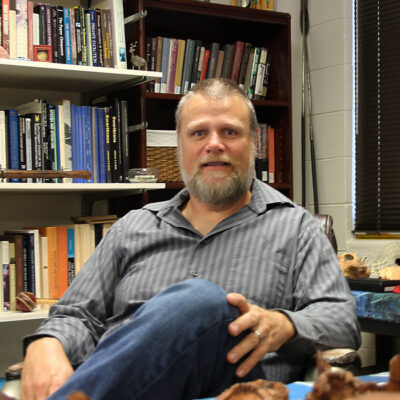Contact
Biography
Darryl de Ruiter is a paleoanthropologist whose research focuses on the ecology and evolution of the early hominins of Africa. His research centers on the origin of the genus Homo, and on early representatives of that genus. In 2010, his team announced the discovery of a new hominin species - Australopithecus sediba - from the site of Malapa in South Africa. Australopithecus sediba represents a curious mixture of both australopith-like and Homo-like morphologies, and based on this mosaic of characters, we hypothesized that it represents the australopith ancestor of the genus Homo. In 2015, his research team announced the discovery of another new hominin species - Homo naledi - from the site of Rising Star, also in South Africa. This species is especially fascinating in that it was likely contemporaneous with the earliest representatives of Homo sapiens, and, perhaps even more remarkable, that they appear to have deliberately disposed of their dead. He is also involved in a series of studies investigating the isotope ecology of modern South Africa in order to better contextualize the isotope ecology of the extinct hominins of South Africa. He is a professor and department head of anthropology in the College of Liberal Arts at Texas A&M. He earned a BA and MA in anthropology from the University of Manitoba in Canada and a PhD in palaeoanthropology from the University of the Witwatersrand, South Africa.
